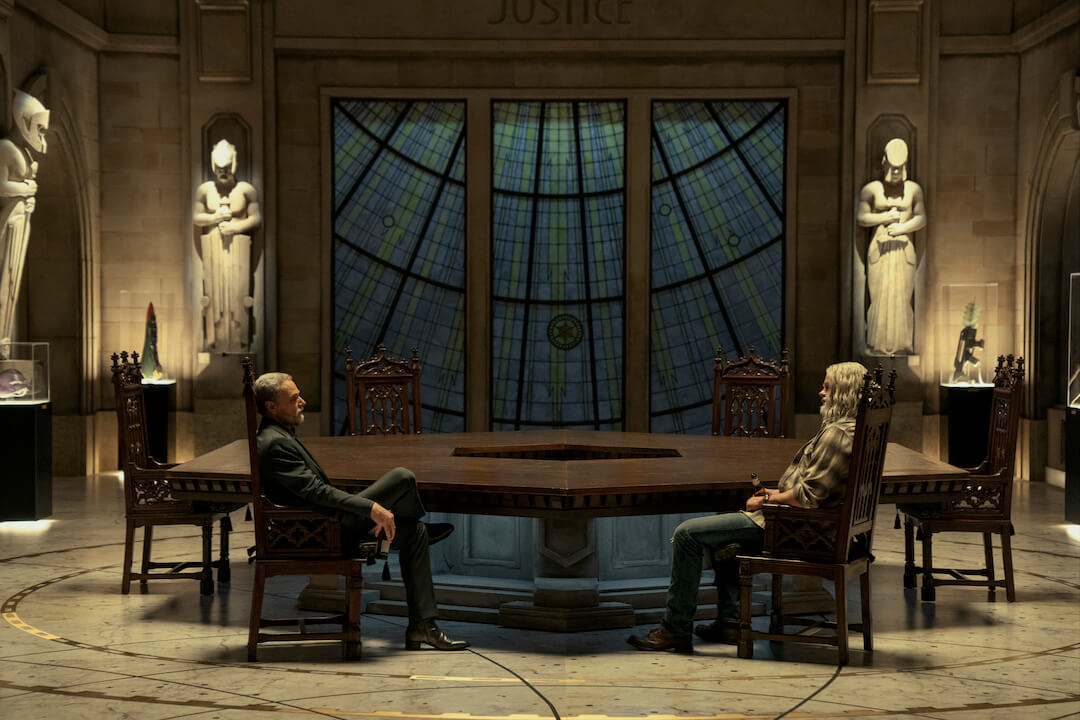Chiến tranh Hoa Kỳ-Philippines
| Chiến tranh Philippines–Mỹ Digmaang Pilipino-Amerikano | |||||||||
|---|---|---|---|---|---|---|---|---|---|
     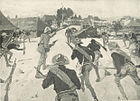 Theo chiều kim đồng hồ từ trên bên trái: Quân đội Mỹ ở Manila, Gregorio del Pilar và quân của ông khoảng năm 1898, Người Mỹ bảo vệ cây cầu sông Pasig vào năm 1898, trận Santa Cruz, binh lính Philippine tại Malolos, trận Quingua. | |||||||||
| |||||||||
| Tham chiến | |||||||||
|
1899–1902 |
1899–1902 Hỗ trợ nước ngoài hạn chế: | ||||||||
|
1902–1913 |
1902–1906 1899–1913 | ||||||||
| Chỉ huy và lãnh đạo | |||||||||
|
|
Bản mẫu:Lá cờicon image Macario Sakay Bản mẫu:Lá cờicon image Dionisio Seguela Bản mẫu:Lá cờicon image Vicente Alvarez Bản mẫu:Country data Sulu Sultanate Jamal ul-Kiram II Bản mẫu:Country data Sulu Sultanate Datu Ali | ||||||||
| Lực lượng | |||||||||
| ≈24,000 to ≈44.000 lực lượng chiến trường[5] |
around 80,000–100,000 ≈Regular & Irregular | ||||||||
| Thương vong và tổn thất | |||||||||
| 4.234[6]–6.165 bị giết,[7] 2,818 wounded[6] | 16.000–20.000 bị giết[8] | ||||||||
| Thường dân Philipin: 34.000 người bị giết;[8] thêm 200.000 người chết do dịch tả[8][9][i] | |||||||||
| |||||||||
Cuộc chiến tranh Philippines-Mỹ (còn gọi là Chiến tranh Philippines, Cuộc nổi dậy Philippines, Cuộc nổi dậy Tagalog;[10][11] tiếng Tagalog: Digmaang Pilipino-Amerikano, tiếng Tây Ban Nha: Guerra Filipino-Estadounidense, tiếng Anh: Philippine-American War) là một cuộc xung đột vũ trang giữa Đệ nhất Cộng hòa Philippines (tiếng Tây Ban Nha: República Filipina, tiếng Tagalog: Republikang Pilipino, tiếng Anh: First Philippine Republic) và Hoa Kỳ kéo dài từ ngày 4 tháng 2 năm 1899 đến ngày 2 tháng 7 năm 1902.[1] Chiến tranh là sự tiếp nối của cuộc đấu tranh giành độc lập của Philippines bắt đầu năm 1896 với cuộc Cách mạng Philippines. Cuộc xung đột nảy sinh khi Đệ nhất Cộng hòa Philippines phản đối các điều khoản của Hiệp ước Paris, trong đó Hoa Kỳ đã chiếm Philippines từ Tây Ban Nha, chấm dứt cuộc Chiến tranh Tây Ban Nha-Mỹ.[12]
Cuộc chiến nổ ra giữa các lực lượng của Hoa Kỳ và của Cộng hòa Philippines vào ngày 4 tháng 2 năm 1899, trong trận chiến thứ hai được gọi là Trận đánh Manila. Vào ngày 2 tháng 6 năm 1899, Đệ nhất Cộng hòa Philippines chính thức tuyên chiến với Hoa Kỳ.[13][14] Cuộc chiến chính thức kết thúc vào ngày 2 tháng 7 năm 1902 với một chiến thắng cho Hoa Kỳ. Tuy nhiên, một số nhóm người Philippines do các cựu chiến binh của Katipunan dẫn đầu đã tiếp tục chiến đấu với lực lượng Mỹ trong nhiều năm. Trong số những người lãnh đạo này có tướng Macario Sakay, một thành viên cựu chiến binh Katipunan, người nắm giữ chức vụ tổng thống của "Cộng hòa Tagalog" được thành lập năm 1902 sau khi bắt giữ Tổng thống Emilio Aguinaldo. Các nhóm khác tiếp tục chiến đấu ở các vùng hẻo lánh và hòn đảo, bao gồm người Moro và người Pulahanes, cho tới khi đánh bại lần cuối của họ tại Trận Bud Bud Bagsak vào ngày 15 tháng 6 năm 1913.
Chiến tranh và sự chiếm đóng của Hoa Kỳ đã làm thay đổi cảnh quan văn hoá của các hòn đảo, vì người ta đã phải đối mặt với khoảng 200.000 đến 250.000 người Philippines bị chết,[15][16][17][18][19][20][21][22] và việc đưa tiếng Anh vào các hòn đảo như là ngôn ngữ chính của chính phủ, giáo dục, kinh doanh, công nghiệp, và giữa các gia đình và các cá nhân được giáo dục ngày càng nhiều trong thập kỷ tới. Việc chiếm đóng Philippines đã bị người dân bản địa phản đối gay gắt khiến Mỹ buộc phải cho phép nơi này dần dần được tự trị.
Năm 1902, Quốc hội Hoa Kỳ thông qua Đạo Luật Tổ chức Philippines để thành lập Nghị viện Philippines mà các thành viên của nghị viện sẽ được dân chúng Philippines bầu ra.[23] Đạo luật này sau đó bị thay thế bởi Đạo luật Tự trị Philippines vào năm 1916. Trong đạo luật này có chứa tuyên bố bằng văn bản và chính thức đầu tiên về sự cam kết của Chính phủ Hoa Kỳ dần dần trao trả độc lập cho Philippines.[24] Đạo luật Độc lập Philippines năm 1934 thiết lập nên Thịnh vượng chung Philippines vào năm sau đó. Đây là một hình thức độc lập hạn chế, và thiết lập một tiến trình với kết cục là sự trao trả nền độc lập cho Philippines (ban đầu được dự tính là vào năm 1944, nhưng bị gián đoạn và trì hoãn vì Thế chiến II). Hoa Kỳ trao trả độc lập cho Philippines trong hòa bình vào năm 1946, sau Chiến tranh Thế giới II và sự chiếm đóng của Nhật Bản tại Philippines bằng Hiệp ước Manila được ký kết giữa hai chính phủ của hai quốc gia này, lúc đó thì mối quan hệ đồng minh thân thiết giữa 2 nước cũng được thiết lập và duy trì cho đến ngày nay.
Ghi chú
[sửa | sửa mã nguồn]- ^ a b Worcester 1914, tr. 293.
- ^ a b “Diplomatic relations between the Philippines and Japan”. Diplomatic relations. Manila: Official Gazette of the Republic of the Philippines. 2016. Bản gốc lưu trữ ngày 2 tháng 2 năm 2017. Truy cập ngày 25 tháng 12 năm 2016.
On ngày 4 tháng 2 năm 1899, the Philippine-American War broke out. A handful of Japanese shishi, or ultranationalists, fought alongside President Aguinaldo's army. They landed in Manila, led by Captain Hara Tei and joined Aguinaldo's forces in Bataan.
- ^ “Historian Paul Kramer revisits the Philippine–American War”. The JHU Gazette. Baltimore, Maryland: Johns Hopkins University Press. 35 (29). ngày 10 tháng 4 năm 2006. Truy cập ngày 25 tháng 12 năm 2016.
- ^ Deady 2005, tr. 62 (p.10 of the pdf)
- ^ Deady 2005, tr. 55 (p.3 of the pdf)
- ^ a b Karnow 1989, tr. 194.
- ^ Hack & Rettig 2006, tr. 172.
- ^ a b c Ramsey 2007, tr. 103.
- ^ Smallman-Raynor, Matthew; Cliff, Andrew D. (1998). “The Philippines insurrection and the 1902–4 cholera epidemic: Part I—Epidemiological diffusion processes in war”. Journal of Historical Geography. 24 (1): 69–89. doi:10.1006/jhge.1997.0077.
- ^ Battjes 2011, tr. 74.
- ^ Silbey 2008, tr. 15.
- ^ Randolph 2009.
- ^ Kalaw 1927, tr. 199-200.
- ^ Paterno, Pedro Alejandro (ngày 2 tháng 6 năm 1899). “Pedro Paterno's Proclamation of War”. The Philippine-American War Documents. San Pablo City, Philippines: MSC Institute of Technology, Inc. Truy cập ngày 25 tháng 12 năm 2016.
- ^ Clodfelter, Michael, Warfare and Armed Conflict: A Statistical Reference to Casualty and Other Figures, 1618-1991
- ^ Leon Wolff, Little Brown Brother (1961) p.360
- ^ Benjamin A. Valentino, Final solutions: mass killing and genocide in the twentieth century (2005) p.27
- ^ FAS 2000: Federation of American Scientists, The World at War (2000)
- ^ Philip Sheldon Foner, The Spanish-Cuban-American War and the Birth of American Imperialism (1972) p.626
- ^ George C. Herring, From colony to superpower: Hoa Kỳ foreign relations since 1776 (2008) p.329
- ^ Graff, American Imperialism and the Philippine Insurrection (1969)
- ^ Irving Werstein, 1898: The Spanish American War: told with pictures (1966) p.124
- ^ http://www.thecorpusjuris.com/constitutions/philippine-bill-of-1902.php
- ^ In the "Instructions of the President to the Philippine Commission Lưu trữ 2009-02-27 tại Wayback Machine" dated ngày 7 tháng 4 năm 1900, President William McKinley reiterated the intentions of the United States Government to establish and organize governments, essentially popular in their form, in the municipal and provincial administrative divisions of the Philippine Islands. However, there was no official mention of any declaration of Philippine Independence.
Tham khảo
[sửa | sửa mã nguồn]- Agoncillo, Teodoro A. (1990) [1960]. History of the Filipino People . Quezon City: Garotech Publishing. ISBN 978-9718711064.
- Agoncillo, Teodoro A. (1997). Malolos: The crisis of the republic. Philippine studies reprint series. Quezon City: University of the Philippines Press. ISBN 978-9715420969.
- Aguinaldo, Don Emilio (1899). True version of the Philippine revolution. Tarlac, Philippines: self-published.
- Anderson, Gerald R. (2009). Subic Bay from Magellan to Pinatubo: The History of the Hoa Kỳ Naval Station, Subic Bay. Gerald Anderson. ISBN 978-1-4414-4452-3.
- Arnold, James R. (2011). The Moro War: How America Battled a Muslim Insurgency in the Philippine Jungle, 1902-1913. New York City: Bloomsbury Publishing. ISBN 978-1-60819-365-3.
- Battjes, Mark E. (2011). Protecting, Isolating, and Controlling Behavior: Population and Resource Control Measures in Counterinsurgency Campaigns (PDF). United States Army Combined Arms Center, Fort Leavenworth, Kansas: Combat Studies Institute Press. ISBN 978-0-9837226-6-3. Bản gốc (PDF) lưu trữ ngày 10 tháng 4 năm 2020. Truy cập ngày 12 tháng 5 năm 2017.
- Bayor, Ronald H. (2004). The Columbia Documentary History of Race and Ethnicity in America. Columbia University Press. ISBN 0-231-11994-1.
- Birtle, Andrew J. (1998). U.S. Army counterinsurgency and contingency operations doctrine 1860–1941. Washington, D.C.: United States Government Publishing Office. ISBN 978-0-16-061324-1.
- Blitz, Amy (2000). The Contested State: American Foreign Policy and Regime Change in the Philippines. Rowman & Littlefield. ISBN 0-8476-9935-8.
- Boot, Max (2014). The Savage Wars Of Peace: Small Wars And The Rise Of American Power . New York City: Basic Books. ISBN 978-0-465-03866-4.
- Brands, Henry William (1992). Bound to Empire: The United States and the Philippines. Oxford: Oxford University Press. ISBN 0-19-507104-2.
- Brody, David (2010). Visualizing American Empire: Orientalism and Imperialism in the Philippines. Chicago: University of Chicago Press. ISBN 978-0226075341.
- Brooks, Van Wyck (1920). Ordeal of Mark Twain. E.P. Dutton & Company.
- Chambers, John W.; Anderson, Fred (1999). The Oxford Companion to American Military History. Oxford: Oxford University Press. ISBN 0-19-507198-0.
- Chapman, William (1988). Inside the Philippine revolution. I.B.Tauris. ISBN 978-1-85043-114-5.
- Coker, Kathy R. (1989). The Signal Corps and the Hoa Kỳ Army Regimental System. Hoa Kỳ Army Signal Center.
- Coker, Kathy R.; Stokes, Carol E. (1991). A Concise History of the Hoa Kỳ Army Signal Corps. Hoa Kỳ Army Signal Center.
- Constantino, Renato (1975). The Philippines: A Past Revisited. Renato Constantino. ISBN 978-971-8958-00-1. (note: page number info in short footnotes citing this work may be incorrect—work is underway to correct this)
- Halstead, Murat (1898). The Story of the Philippines and Our New Possessions, Including the Ladrones, Hawaii, Cuba and Porto Rico. Chicago: Our Possessions Publishing Company.
- Deady, Timothy K. (2005). “Lessons from a Successful Counterinsurgency: The Philippines, 1899–1902” (PDF). Parameters. Carlisle, Pennsylvania: United States Army War College. 35 (1): 53–68. Bản gốc (PDF) lưu trữ ngày 10 tháng 12 năm 2016. Truy cập ngày 12 tháng 5 năm 2017.
- Dolan, Ronald E. biên tập (1991). “United States Rule”. Philippines: A Country Study. Washington, D.C.: United States Library of Congress.
- Escalante, Rene R. (2007). The Bearer of Pax Americana: The Philippine Career of William H. Taft 1900-1903. Quezon City: New Day Publishers. ISBN 978-971-10-1166-6.
- Feuer, A. B. (2002). America at War: The Philippines, 1898–1913. Santa Barbara, California: Greenwood Publishing Group. ISBN 0-275-96821-9.
- Francisco, Luzviminda; Jenkins, Shirley; Taruc, Luis; Constantino, Renato; và đồng nghiệp (1999). Schirmer, Daniel B.; Shalom, Stephen Rosskamm (biên tập). The Philippines Reader: A History of Colonialism, Neocolonialism, Dictatorship, and Resistance. Brooklyn, New York: South End Press. ISBN 978-0896082755.
- Gates, John M. (1973). Schoolbooks and Krags: The United States Army in the Philippines, 1898–1902. Santa Barbara, California: Greenwood Publishing Group. ISBN 0-8371-5818-4.
- Gates, John M. (1983). War-Related Deaths in the Philippines, 1898–1902. Pacific Historical Review. 53.
- Gates, John M. (2002). The Hoa Kỳ Army and Irregular Warfare (PDF). Wooster, Ohio: The College of Wooster.
- Giddings, Howard A. (1900). Exploits of the Signal Corps In the War With Spain. Hudson-Kimberly Publishing Co. tr. 15–16, 83.
- Golay, Frank Hindman (2004). Face of Empire: United States-Philippine Relations, 1898-1946. Quezon City: Ateneo de Manila University Press. ISBN 978-1881261179.
- Guevara, Sulpico biên tập (1972). The laws of the first Philippine Republic (the laws of Malolos) 1898–1899. Ann Arbor, Michigan: University of Michigan Library.
- Hack, Karl; Rettig, Tobias (2006). Colonial Armies in Southeast Asia (Routledge Studies in the Modern History of Asia). Abingdon-on-Thames, United Kingdom: Routledge. ISBN 978-0-415-33413-6.
- Halstead, Murat (1898). The Story of the Philippines and Our New Possessions, Including the Ladrones, Hawaii, Cuba and Porto Rico. Chicago: Our Possessions Publishing Company.
- Hamilton, Richard F. (2007). President McKinley and America's "New Empire". Transaction Publishers. ISBN 978-0-7658-0383-2.
- Ileto, Reynaldo Clemeña (1997). Pasyon and revolution: popular movements in the Philippines, 1840–1910. Quezon City: Ateneo de Manila University Press. ISBN 978-9715502320.
- Jaycox, Faith (2005). The Progressive Era: Eyewitness History (Eyewitness History Series). New York City: Infobase Publishing. ISBN 978-0-8160-5159-5.
- Joaquin, Nicomedes (1977). A Question of Heroes. ISBN 971-27-1545-0.
- Kalaw, Maximo Manguiat (1927). The development of Philippine politics (1872-1920). Manila: Oriental Commercial Company, Inc.
- Karnow, Stanley (1989). In Our Image: America's Empire in the Philippines. New York City: Random House. ISBN 978-030777543-6.
- Keenan, Jerry (2001). Encyclopedia of the Spanish–American & Philippine–American wars. Santa Barbara, California: ABC-CLIO. ISBN 978-1-57607-093-2.
- Kumar, Amitava (1999). Poetics/Politics: Radical Aesthetics for the Classroom. Palgrave. ISBN 0-312-21866-4.
- Lacsamana, Leodivico Cruz (1990). Philippine History and Government (ấn bản thứ 2). Phoenix Publishing House, Inc. ISBN 971-06-1894-6.
- Linn, Brian McAllister (2000). The U.S. Army and counterinsurgency in the Philippine war, 1899–1902. Chapel Hill: University of North Carolina Press. ISBN 978-0807849484.
- Lone, Stewart (2007). Daily Lives of Civilians in Wartime Asia: From the Taiping Rebellion to the Vietnam War. Santa Barbara, California: Greenwood Publishing Group. ISBN 978-0313336843.
- May, Glenn Anthony (1991). Battle for Batangas: A Philippine Province at War. New Haven, Connecticut: Yale University Press. ISBN 0-300-04850-5.
- Miller, Stuart Creighton (1982). Benevolent assimilation: the American conquest of the Philippines, 1899—1903. New Haven, Connecticut: Yale University Press. ISBN 0-300-03081-9.
- Minahan, James (2002). Encyclopedia of the Stateless Nations: L-R. Santa Barbara, California: Greenwood Publishing Group. ISBN 978-0-313-32111-5.
- Paine, Albert Bigelow (1912). Mark Twain: A Biography: The Personal and Literary Life of Samuel Langhorne Clemens. Harper & Brothers.
- Painter, Nell Irvin (1989). Standing at Armageddon: The United States, 1877–1919. W. W. Norton & Company. ISBN 0-393-30588-0.
- "Race-Making and Colonial Violence in the Hoa Kỳ Empire: The Philippine–American War as Race War," Diplomatic History, Vol. 30, No. 2 (April 2006), 169–210. (version[liên kết hỏng] at Japanfocus.org).
- Ramsey, Robert D. III (2007). Savage Wars of Peace: Case Studies of Pacification in the Philippines, 1900–1902 (PDF). United States Army Combined Arms Center, Fort Leavenworth, Kansas: Combat Studies Institute Press. ISBN 978-0-16-078950-2. Bản gốc (PDF) lưu trữ ngày 16 tháng 1 năm 2019. Truy cập ngày 12 tháng 5 năm 2017.
- Randolph, Carman Fitz (2009). “Chapter I, The Annexation of the Philippines”. The Law and Policy of Annexation. Charleston, South Carolina: BiblioBazaar, LLC. ISBN 978-1-103-32481-1.
- Schirmer, Daniel B. (1972). Republic or Empire: American Resistance to the Philippine War. Schenkman. ISBN 0-87073-105-X.
- Schurman, Jacob Gould; Dewey, George; Denby, Charles Harvey; Worcester, Dean Conant (1900). Report of the Philippine Commission to the President. I. Washington, D.C.: United States Government Publishing Office.
- Sexton, William Thaddeus (1939). Soldiers in the Sun. Charleston, South Carolina: Nabu Press. ISBN 978-1179372662.
- Shaw, Angel Velasco (2002). Vestiges of War: The Philippine–American War and the Aftermath of an Imperial Dream, 1899–1999. New York University Press. ISBN 0-8147-9791-1.
- Silbey, David J. (2008). A War of Frontier and Empire: The Philippine–American War, 1899–1902. Farrar, Straus and Giroux. ISBN 978-0-8090-9661-9.
- Simmons, Edwin Howard (2003). The United States Marines: a history (ấn bản thứ 4). Annapolis, Maryland: Naval Institute Press. ISBN 978-1557508683.
- Storey, Moorfield; Codman, Julian (1902). Secretary Root's record. "Marked severities" in Philippine warfare. An analysis of the law and facts bearing on the action and utterances of President Roosevelt and Secretary Root. Boston: George H. Ellis Company. See also Moorfield Storey và Julian Codman (1902). Secretary Root's Record:"Marked Severities" in Philippine Warfare – Wikisource.
- Tucker, Spencer C. biên tập (2009). The encyclopedia of the Spanish–American and Philippine–American wars: a political, social, and military history. I–III. Santa Barbara, California: ABC-CLIO. ISBN 978-1-85109-951-1.
- Wildman, Edwin (1901). Aguinaldo: A Narrative of Filipino Ambitions (PDF). Norwood, Massachusetts: Norwood Press.
- Wolff, Leon (1960). Little Brown Brother: How the United States Purchased and Pacified the Philippine Islands at the Century's Turn. Doubleday & Company, Inc. Library of Congress Catalog Card Number 61-6528.
- Wolters, Willem G. (2004). Gin, Ooi Keat (biên tập). Southeast Asia: A historical encyclopedia, from Angkor Wat to East Timor. II. Santa Barbara, California: ABC-CLIO. ISBN 1-57607-770-5.
- Worcester, Dean Conant (1914). The Philippines: Past and Present. I. New York: Macmillan Publishers.
- Worcester, Dean Conant (1914). The Philippines: Past and Present. II. New York: Macmillan Publishers.
- Young, Kenneth Ray (1994). The General's General: The Life and Times of Arthur Macarthur. Boulder, Colorado: Westview Press.
- Zwick, Jim (1992). Mark Twain's Weapons of Satire: Anti-Imperialist Writings on the Philippine–American War. Syracuse University Press. ISBN 0-8156-0268-5.
- Zwick, Jim. Friends of the Filipino People Bulletin.
- Zwick, Jim (1982). Militarism and Repression in the Philippines. Centre for Developing-Area Studies, McGill University. ISBN 0-88819-054-9.
- Zwick, Jim (1992). Prodigally Endowed with Sympathy for the Cause: Mark Twain's Involvement with the Anti-Imperialist League. Ephemera Society of America. ASIN B0006R8RJ8.
- Zinn, Howard (2003). A People's History of the United States. New York City: The New Press. ISBN 978-1-56584-826-9.
Đọc thêm
[sửa | sửa mã nguồn]- Delmendo, Sharon (2004). The star-entangled banner: one hundred years of America in the Philippines. New Brunswick, New Jersey: Rutgers University Press. ISBN 0-8135-3411-9.
- Jacobson, Matthew Frye (2000). Barbarian virtues: the United States encounters foreign peoples at home and abroad, 1876–1917. New York City: Hill & Wang. ISBN 978-0-8090-1628-0.
- Legarda, Benito J. Jr. (2001). The Hills of Sampaloc: the Opening Actions of the Philippine–American War, February 4–5, 1899. Makati: Bookmark. ISBN 978-971-569-418-6.
- Stewart, Richard W. General Editor, Ch. 16, Transition, Change, and the Road to war, 1902–1917" Lưu trữ 2012-01-12 tại Wayback Machine, in "American Military History, Volume I: The United States Army and the Forging of a Nation, 1775–1917" Lưu trữ 2011-12-27 tại Wayback Machine, Center of Military History, United States Army, ISBN 0-16-072362-0.
- Edward Stratemeyer. (1898). Under Dewey at Manila – Wikisource.
- Ralph Bonehill. (1899). A Sailor Boy with Dewey – Wikisource.
- Edward Stratemeyer. (1900). The Campaign of the Jungle – Wikisource.
- Edward Stratemeyer. (1901). Under MacArthur in Luzon – Wikisource.
- The "Lodge Committee" (a.k.a. Philippine Investigating Committee) hearings and a great deal of documentation were published in three volumes (3000 pages) as S. Doc. 331, 57th Cong., 1st Session An abridged version of the oral testimony can be found in: American Imperialism and the Philippine Insurrection: Testimony Taken from Hearings on Affairs in the Philippine Islands before the Senate Committee on the Philippines—1902; edited by Henry F Graff; Publisher: Little, Brown; 1969.
- Wilcox, Marrion. Harper's History of the War. Harper, New York and London 1900, reprinted 1979. [Alternate title: Harper's History of the War in the Philippines]. Also reprinted in the Philippines by Vera-Reyes.
| Thư viện tài nguyên ngoại văn về Chiến tranh Hoa Kỳ-Philippines |
Liên kết ngoài
[sửa | sửa mã nguồn]- The American Peril - An Examination of the Spanish–American War and the Philippine Insurrection by Dan Carlin Lưu trữ 2011-06-04 tại Archive.today
- War Lưu trữ 2017-05-10 tại Wayback Machine Arnaldo Dumindin
- Images from the Philippine-United States War historicaltextarchive.com
- Philippine Centennial Celebration[liên kết hỏng] MSC Computer Training Center.
- The Matter of the Philippines, from Birth of an American Empire, [1][liên kết hỏng]
- “El Primer Genocido”. Truy cập ngày 2 tháng 1 năm 2017.[liên kết hỏng](Spanish) (archived from the original Lưu trữ 2002-11-26 tại Wayback Machine on 2006-10-15)
- A brief description of the war between the United States and the Philippines, which began in 1899.
- "ngày 13 tháng 8 năm 1898 and RP's short-lived republic" tại Wayback Machine (lưu trữ 2008-02-13)by Mariano "Anong" Santos, Pinoy Newsmagazine, August 2006 (archived on 2008-02-13)
- "Imperial Amnesia" by John B. Judis, Foreign Policy, July/August 2004
- The Philippine Revolutionary Records Lưu trữ 2012-12-05 tại Archive.today at Filipiniana.net (archived on 2009-05-25).
- "Battle of Paceo", 1899 painting by Kurz and Allison tại Wayback Machine (lưu trữ 2011-05-11)(archived on 2011-05-11)
- "Battle Of Quingua", 1899 painting by Kurz and Allison tại Wayback Machine (lưu trữ 2011-05-11)(archived on 2011-05-11)
- of Philippine–American War Lưu trữ 2017-05-02 tại Wayback Machine
- Booknotes interview with Stanley Karnow on In Our Image: America's Empire in the Philippines, ngày 28 tháng 5 năm 1989.
- No. 15 Spanish 12-pounder Lưu trữ 2012-09-21 tại Wayback Machine Photo of a bronze cannon captured by the Americans in Manila.
- Philippine–American War - 1899-1902 (videos)
- Reenactment of Spanish–American War (video) trên YouTube
- Spanish–American War Reenactment Groups
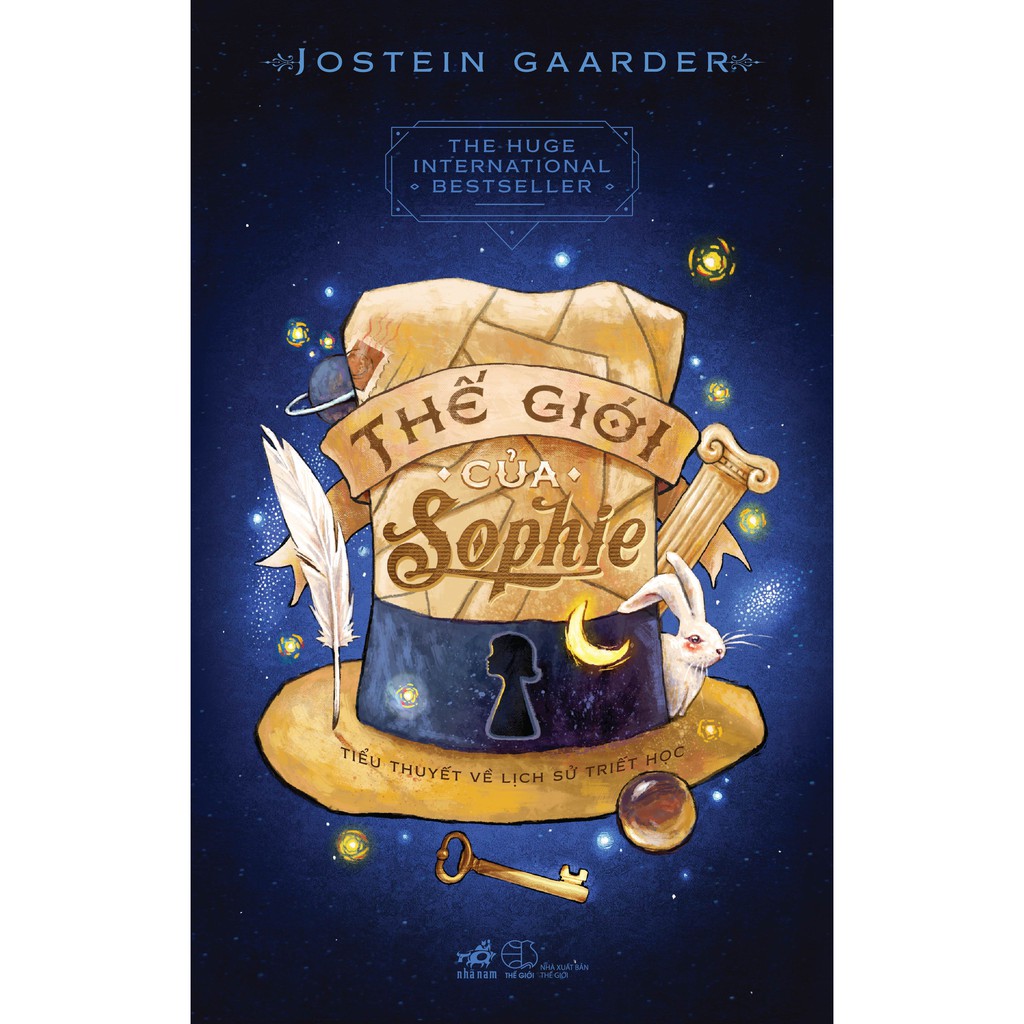 GIẢM
26%
GIẢM
26%
 GIẢM
13%
GIẢM
13%
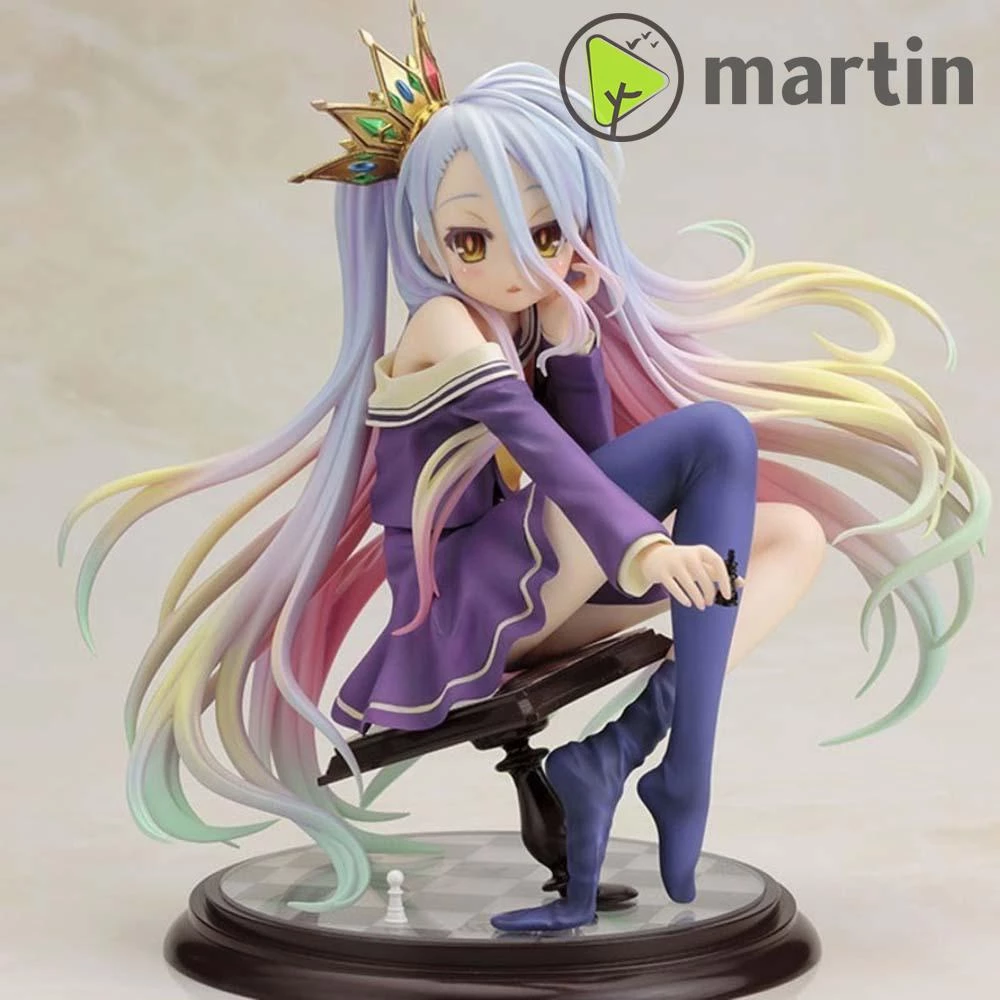 GIẢM
16%
GIẢM
16%
 GIẢM
60%
GIẢM
60%
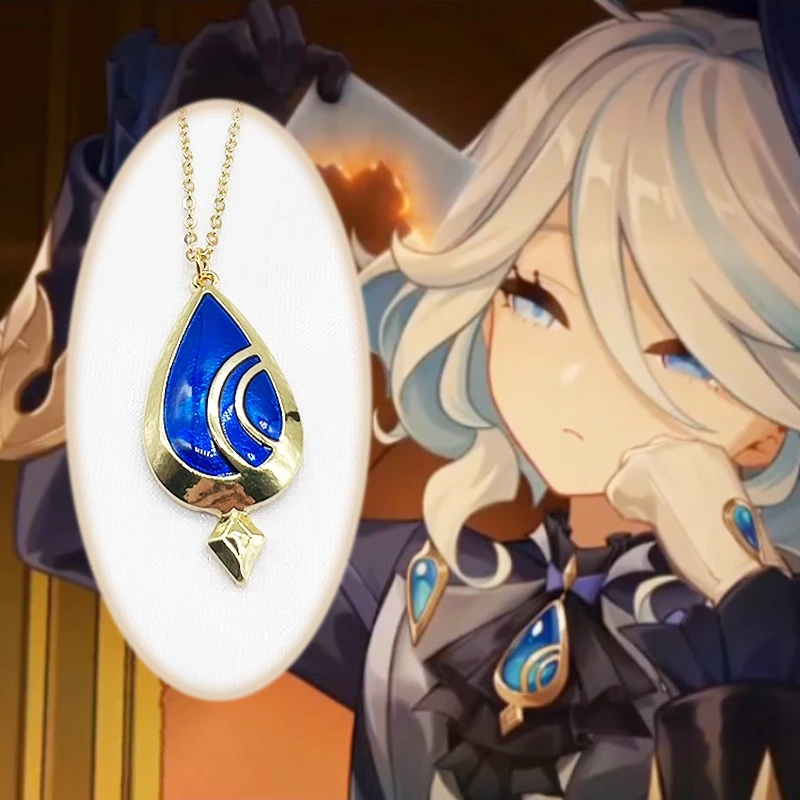 GIẢM
30%
GIẢM
30%
 GIẢM
20%
GIẢM
20%



